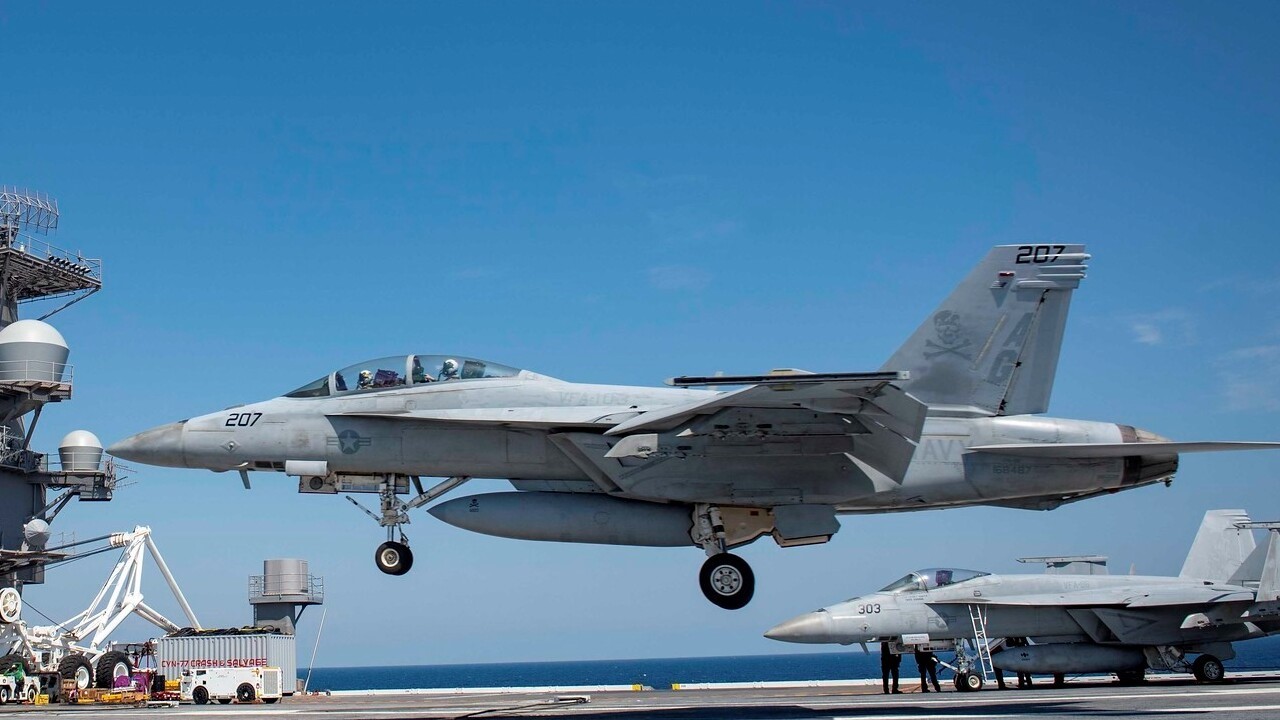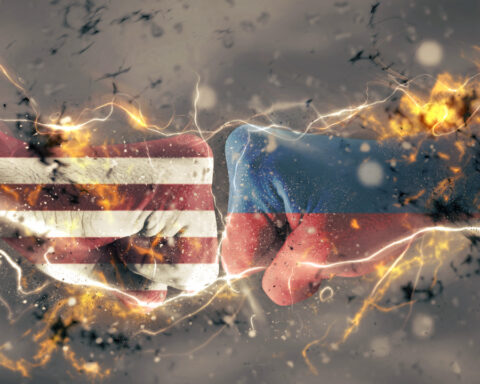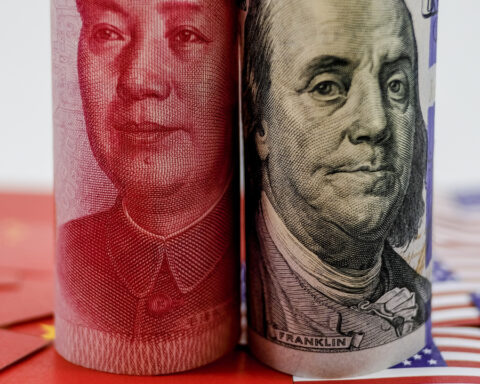In a diplomatic coup, Prime Minister Scott Morrison announced a deal last week with the U.K. and U.S. to have those Anglo-American allies help build a nuclear-powered submarine fleet for Australia.
A $66 billion French deal to provide Canberra with diesel electric-powered submarines, among the largest defense contracts Paris had ever negotiated, was blown off.
“A stab in the back!” said Foreign Minister Jean-Yves Le Drian, who had been kept in the dark on the secret talks. “There has been duplicity, contempt and lies.” Le Drian compared President Joe Biden to former President Donald Trump.
President Emmanuel Macron recalled his ambassadors to both the U.S. and Australia. In two centuries of U.S.-French diplomatic relations, no such recall had ever occurred.
What does this Australia First submarine deal mean?
Canberra, which has sought to steer a middle course between its great customer China and its great ally America, is coming down on the side of the Americans in the rising great-power quarrel.
This “AUXUS” partnership, says Beijing, will “severely damage” peace and stability in the Indo-Pacific, and Beijing is demanding to know whether Australia regards China as a “partner or a threat.”
This new clash comes as China is using its military to speak for its claims to islands and islets hundreds of miles off its coast.
Several Chinese claims collide directly with the territorial claims of neighbors who are longtime U.S. treaty allies for whose territory we are committed to fight.
China claims, for example, the Paracel and Spratly Islands and almost all of the rocks and reefs in the South China Sea, many of which are within territorial waters claimed by Vietnam, Malaysia, Singapore, Indonesia, Brunei, the Philippines and Taiwan.
China also claims Taiwan itself, 110 miles off its coast, as well as the nearby Senkaku Islands, which Japan controls and for which Tokyo appears to be preparing to fight. A Chinese-Japanese clash over the Senkakus, the Biden administration has said, will bring the U.S. in on the side of Japan.
In a recent CNN interview, Japan’s Defense Minister Nobuo Kishi said the Senkakus would be defended as Japanese national territory.
And Japan has been expanding its Self-Defense Forces, adding the latest U.S. F-35 fighters, converting warships into aircraft carriers, and building new destroyers, submarines and missiles.
Earlier this year, the Biden State Department said the U.S.-Japan security treaty covers the Senkakus and our Philippines security treaty covers Manila’s claims to Chinese-occupied islets in the South China Sea.
Message: If Manila chooses to fight to retrieve its islets from Chinese occupation and control, America will fight on Manila’s side.
Still, China has yet to back down from any of its claims.
It has sailed warships and planes to hassle U.S. and allied ships and planes in the South China and East China Seas and sent fleets of bombers and fighters into airspace on Taiwan’s side of the Taiwan Strait.
To prevent Taiwan’s independence, Beijing has said, it will fight.
Should fighting break out between China and the U.S. over these claims, the war would be about islands that are thousands of miles from our West Coast but within a few hundred miles of the China coast.
Other East Asian nations are also communicating their interests and intent through military demonstrations.
After claiming to have tested a new long-range cruise missile, North Korea last week tested two ballistic missiles. At that same time, South Korea was testing its own submarine-launched ballistic missile, becoming the first country without nuclear weapons to do so.
This past summer, there were reports that Pyongyang had restarted a reactor in its main nuclear complex at Yongbyon, suggesting that Kim Jong Un may be ramping up his nuclear weapons program.
And, regularly now, U.S. planes stationed in Alaska scramble to intercept Russian military aircraft. This year, the number of intercepts, 14, is on pace to set a record since the Cold War. In the most recent case, two Russian bombers and two fighters came within 30 miles of the Alaskan coast.
This summer, Russian naval vessels came within 34 miles of Hawaii.
Russian ships and planes off Alaska are perhaps responding to U.S. warships and planes in the Black Sea.
World War II began in Europe when the British, Sept. 3, 1939, declared war on Germany over its invasion of Poland to retrieve what Berlin claimed were its territories, including Danzig, taken from Germany at Versailles against the will of the people of Danzig and in violation of their right of self-determination.
If World War III breaks out between China and the U.S., it is likely to be over islands of Asia claimed by China, with the U.S. fighting not for its own territory but for the island territory of allies, probably islands in no way vital to the security of the United States.
Which is how world powers often end their days as world powers, fighting unnecessary wars on behalf of other nations.
Patrick J. Buchanan is the author of "Nixon's White House Wars: The Battles That Made and Broke a President and Divided America Forever." To find out more about Patrick Buchanan and read features by other Creators writers and cartoonists, visit the Creators website at www.creators.com.








